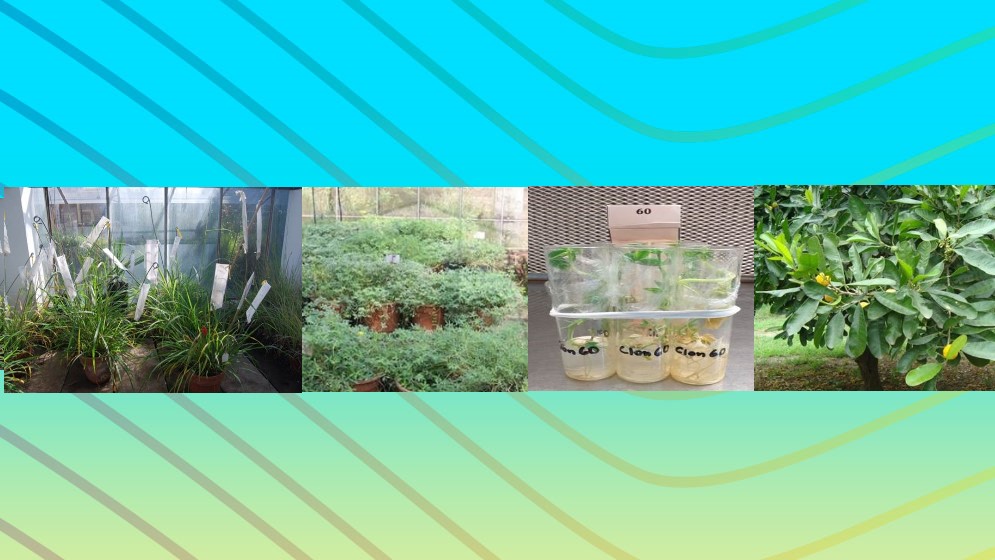In Corrientes, the creation of the Bank of Germplasm of Tropical and Subtropical Species (BGCTES), a site for the preservation of biological materials for the conservation of biodiversity, has become official. It is one of the first organizations of its kind in the region and will operate under the dual dependency pattern of Botany Institute of the Northeast (IBONE, CONICET – UNNE) and College of Agricultural Sciences, National University of the Northeast (UNNE).
The bank will allow IBONE, one of the leading scientific institutions in the Northeast, to continue to establish itself as a regional, national and international standard in the research and conservation of plant species from various families. Its objectives will be to collect and preserve the germplasm of plant species, that is, the genetic material that allows their reproduction.
Genetic banks are sites dedicated to preserving biological material. Its ultimate goal is to achieve the conservation of biodiversity in the short, medium or long term, avoiding the loss of genetic diversity caused by environmental, physical and biological factors, or as a result of human activities.
One of those responsible for creating bgctes, the acronym by which the bank will be known from now on, was Graciela Lavia, CONICET researcher at IBONE, who said that this is a long-awaited project for the institution, which could become a reality after several years of work. “Together with a committee, we have worked on a formal framework for the management and conservation of germplasm from collections that have existed for many years in our institutions and which are essential inputs to our scientific and educational work. This resource makes it possible to conserve species in the face of many threats, such as habitat degradation Natural, environmental changes, pollution, expansion of agricultural borders, especially in our region, prolonged drought or fires. He explained that all materials will be able to be officially preserved, as well as shared with other institutions, in processes regulated by international standards.
BGCTES brings together specimens that have been collected, adapted and preserved for several decades, with more than 800 introductions into seed collections and live collections in greenhouses, in the field and in laboratory conditions. Plant species from various families are represented, so it is a valuable material for plant diversity and for the conservation of species of regional, regional, national and global importance.
Among the species conserved in BGCTES are wild and cultivated species of the legume genera: Arachis and Stylosanthes; herbs: paspalum, andropogon; Varieties of cassava (Manihot esculenta), aguaí (Chrysophyllum gonocarpum.) and orchids.
Other specialists from CONICET and UNNE, such as Riccardo Medina, Andrea Brugnoli, Maria Hidalgo, Maria Laura Perez, Paula Alaion Loases and Alejandra Ortiz, also participated in the BGCTES Regulation Drafting Committee.

“Social media evangelist. Student. Reader. Troublemaker. Typical introvert.”

:quality(85)/cloudfront-us-east-1.images.arcpublishing.com/infobae/TEQF6EONZRFGLLLDIDD4L2O4EE.jpg)

:quality(75)/cloudfront-us-east-1.images.arcpublishing.com/elcomercio/XU32LRAEZFDDPNVHLFU3CKVBYY.jpg)



More Stories
Venezuela ranks fourth in female leadership in science and technology in Latin America
In Portuguesa and Sucre they explore the wonderful world of science
The university court overturns the expulsion of two teachers and a chemical sciences student